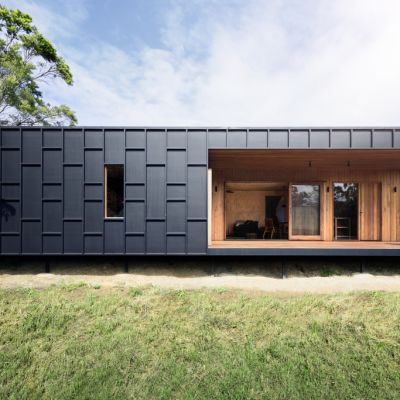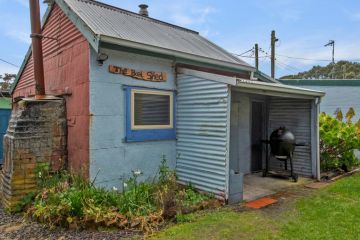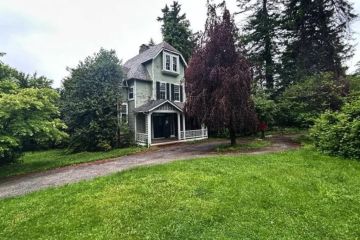Winners of the 2019 National Architecture Awards
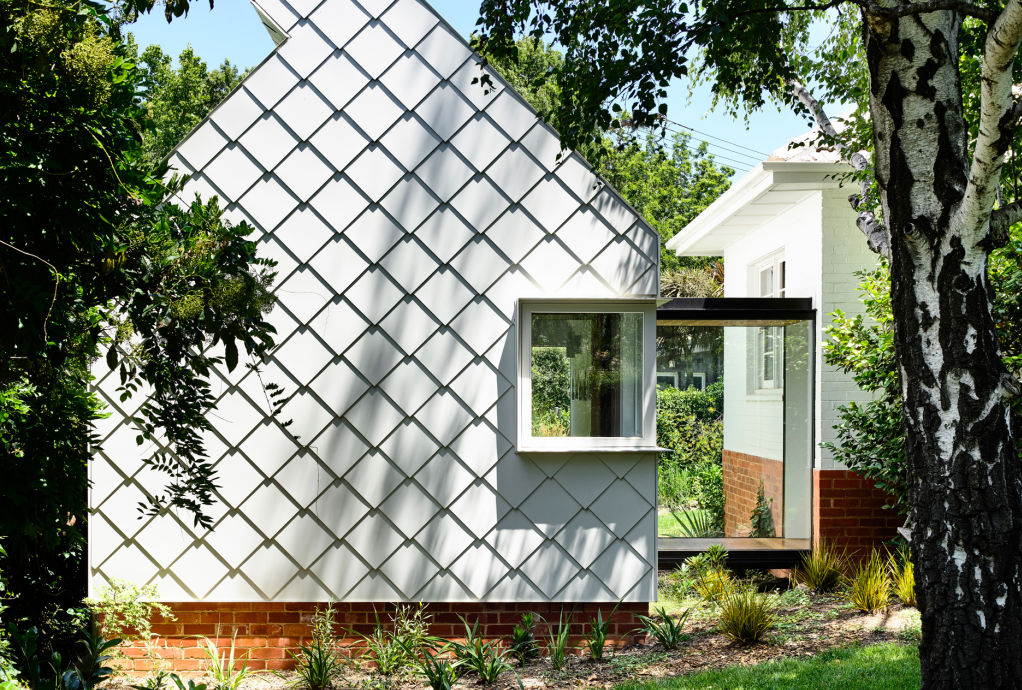
An iconic train station, private art facility and turn-of-the-century Queenslander are among those lauded at this year’s Australian Institute of Architects National Architecture Awards.
With 78 entries shortlisted across 14 categories, 35 projects were honoured based on their diversity of experience, creativity, integrity and accomplishment.
Jury chair Clare Cousins, who with other jury members travelled more than 15,000 kilometres across the country to visit 56 of the projects, says this year’s recipients and the range of projects will make important contributions to Australian cities and regional centres.
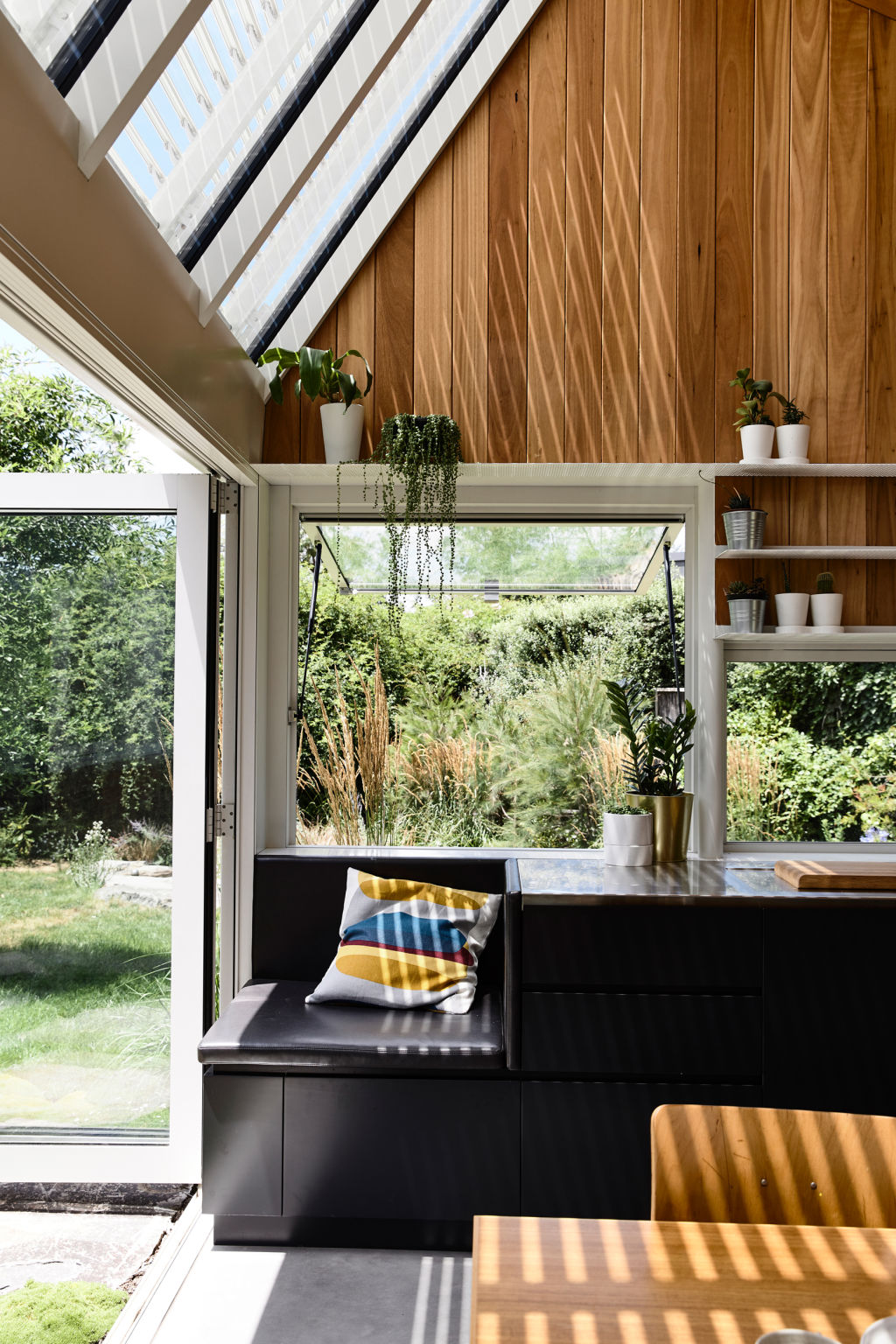
“A number of themes emerged across all categories this year,” she says. “Projects that delivered worthy outcomes with little means; projects that challenged the expectation of a typology; projects that demonstrated the value of architecture through public benefit; and projects with clear commitments to social and environmental sustainability.”
Among the winners is Dangrove in inner Sydney.
Awarded the prestigious Harry Seidler Award for Commercial Architecture, the 10,000-square-metre structure is constructed of concrete and steel, and purpose-built to serve as a private art storage facility for philanthropist Judith Neilson’s private collection of contemporary Chinese art.
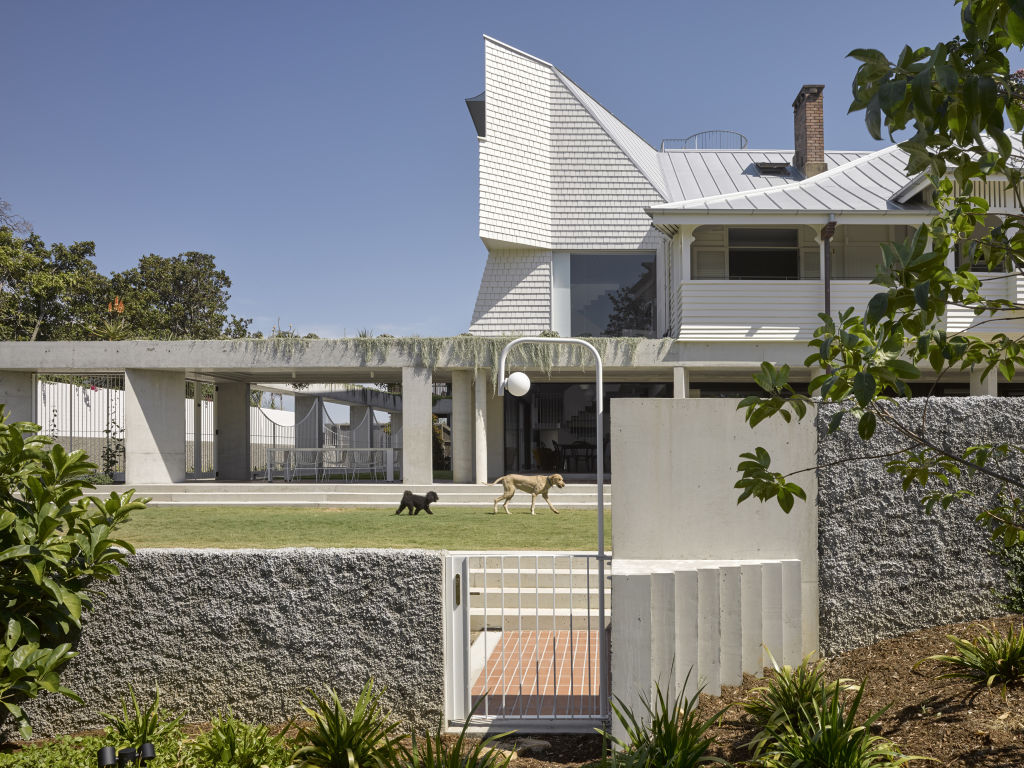
It houses a 90-metre-long multipurpose Great Hall that is used for curation, conservation, research and interaction, as well operating as a function space and art gallery.
Melbourne practice Lovell Chen received a National Commendation for Heritage for their assessment, preservation and conservation of Melbourne’s iconic Flinders Street Station.
Involving a vast scope of work that included structural repairs, seismic strengthening and a new insulated roof system, the project serves to prevent further deterioration of the revered building while setting a high standard for its future adaptations.
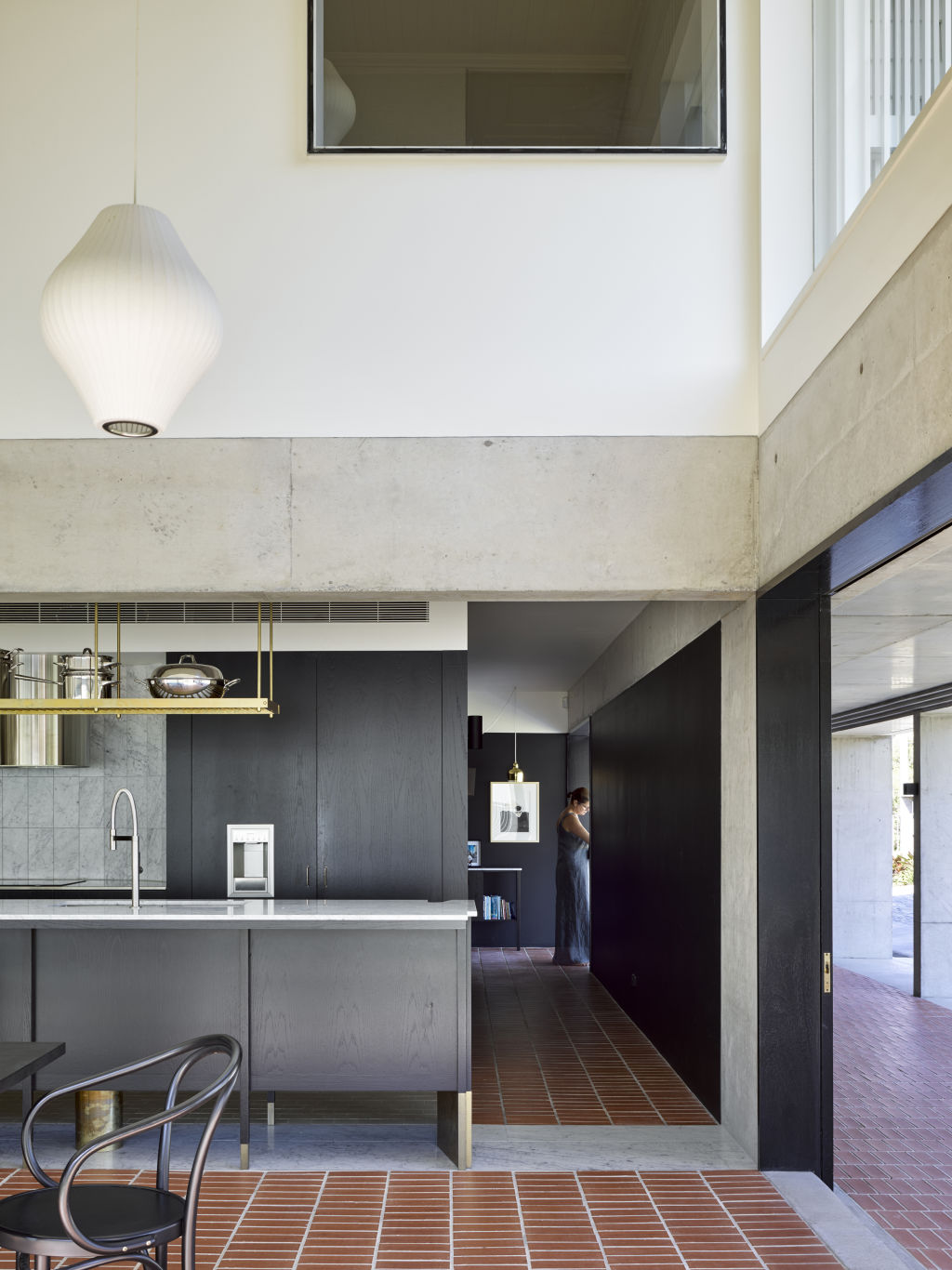
Leading Queensland firm Vokes and Peters were presented with a National Commendation for Residential Architecture for their alteration and addition to an original 1909 Brisbane homestead.
Initially designed by revered local architect A.B. Wilson, Teneriffe House has endured years of alterations. Starting afresh, Vokes and Peters found their connection to the original building through the execution of a concrete plinth, cloister and vast internal staircase.
By opening up the home and modernising it with diverse new living spaces, they created seamless cohesion between indoors and out, resulting in a home that is an elegant tribute to its original glory, and a masterful balance of the traditional and contemporary.

Award-winning firm Austin Maynard Architects received a National Commendation for Empire, a reimagined post-war Canberra bungalow.
A considered redesign has transformed its original interior into a small, compact and vibrant home with high-functioning spaces that allow easy living, inside and out.
Two new pavilion-sized buildings added to the southern and eastern sides of the home contain a spacious kitchen and dining room on one side, and on the other a main bedroom and en suite. Both additions connect to the original home via glass corridors that appear almost transparent and hover amid lush greenery.
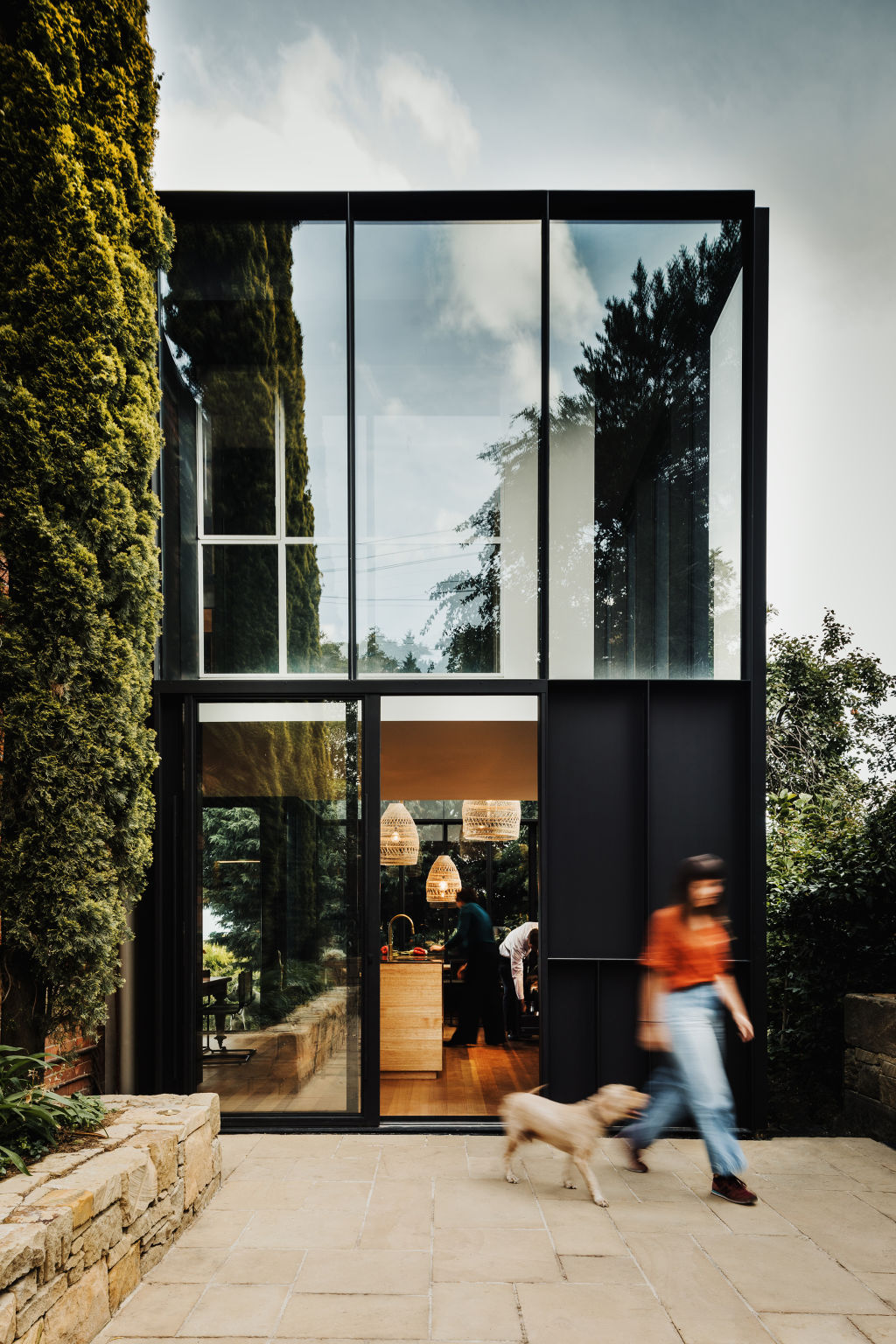
National Award for Residential Architecture – Houses (New) went to Cloister House by MORQ Architecture.
On a busy arterial road in suburban Perth, its solid rammed concrete structure and rigorous strict lines provide refuge from the elements and privacy for its owners. At its centre is an L-shaped courtyard brimming with tropical plants, separating the owner’s living quarters from the space for visiting family and guests at the rear of the house.
The Eleanor Cullis-Hill Award for Residential Architecture went to John Ellway for Terrarium House, formerly a one-bedroom timber cottage located in inner-Brisbane.
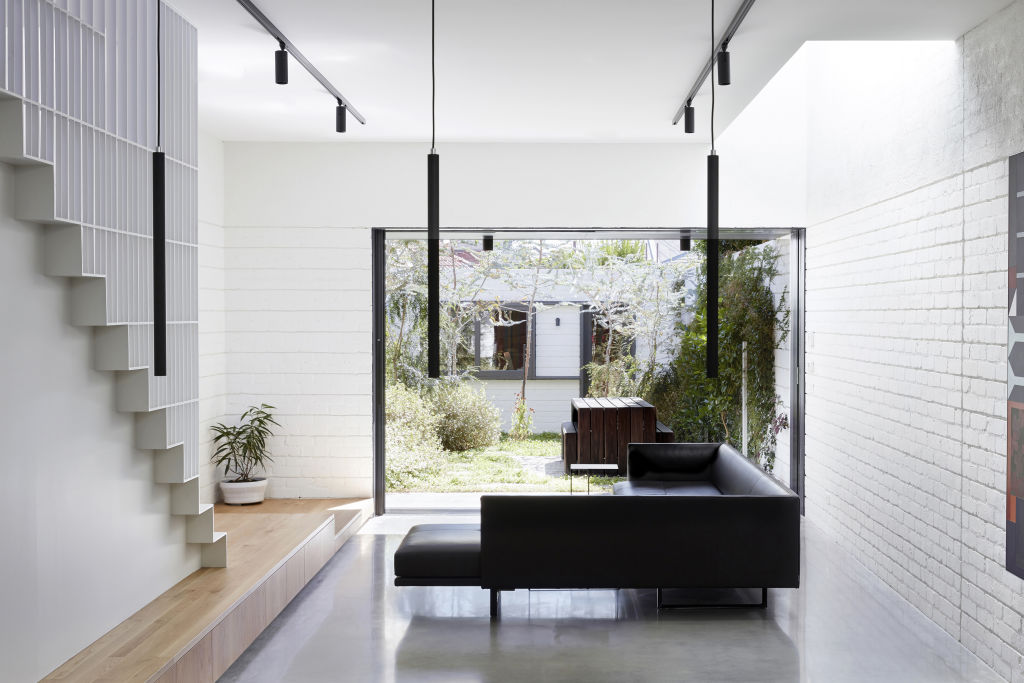
Carefully repaired, reformed and restored, the cottage’s original verandah was removed to allow natural light and fresh breezes in, while its original undercroft has been utilised to transform the single-level cottage into a two-storey dwelling that remains at street height.
Covered in a twist of vines, the home’s interior spaces are airy and functional, and the house features timber joinery, concrete flooring, etched glass and verdant greenery. The result is a home that not only caters perfectly to Brisbane’s balmy conditions but also respects its rich heritage.
David Boyle Architect was honoured for the modification and extension of Five Gardens House, a 1950s modernist home in Northbridge, NSW.
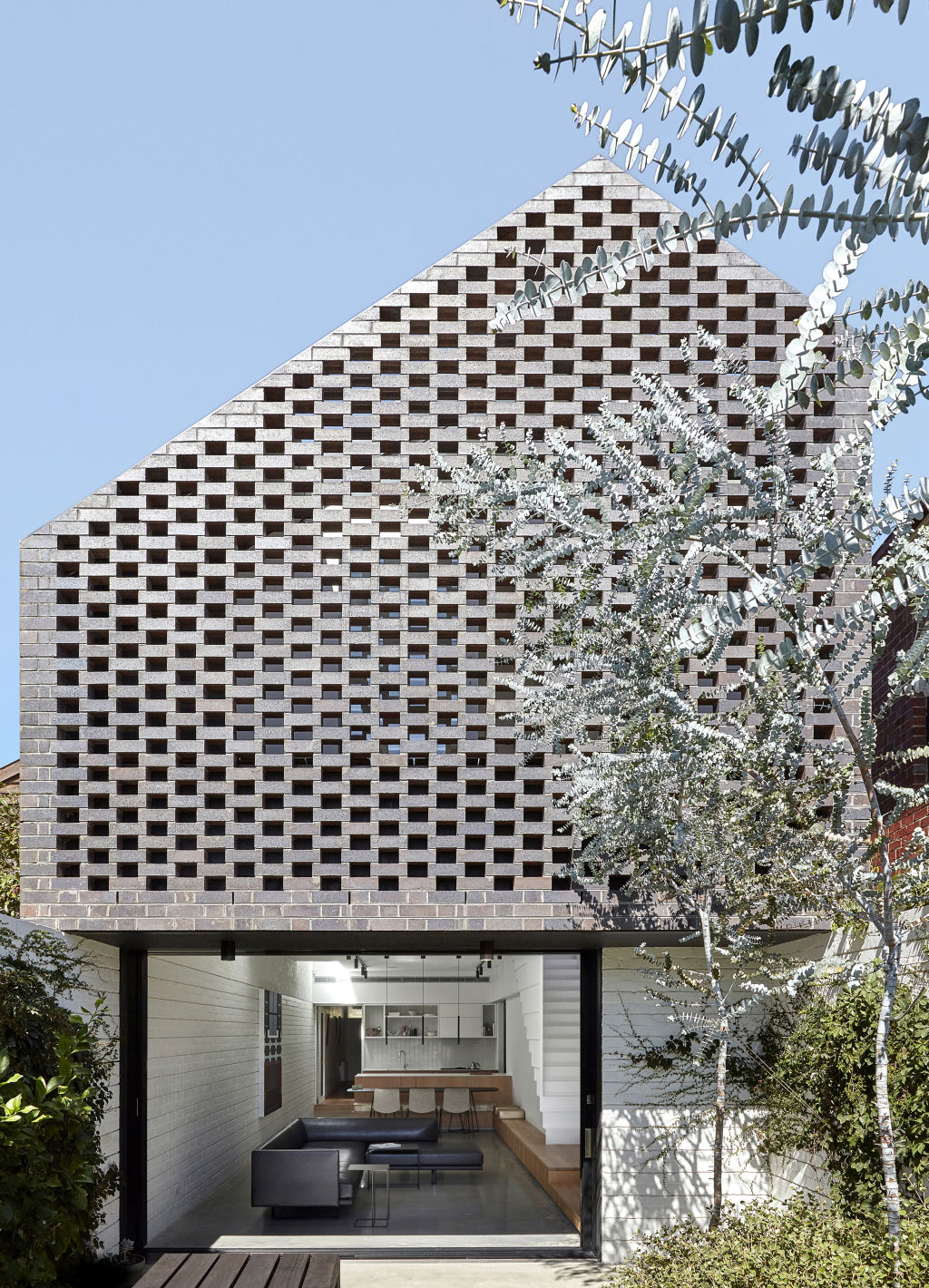
Beautifully illuminated with natural light, it features well-designed open-plan spaces that effortlessly meld the old structure with the new.
Enveloped by five diverse gardens, the home boasts multiple connections between indoors and out, including a curvy balcony that allows the house to wrap itself around a magnificent eucalypt.
Perth’s Yagan Square, created to reconnect the cultural hub of Northbridge with the CBD and Swan River, took out the Colorbond Award for Steel Architecture.
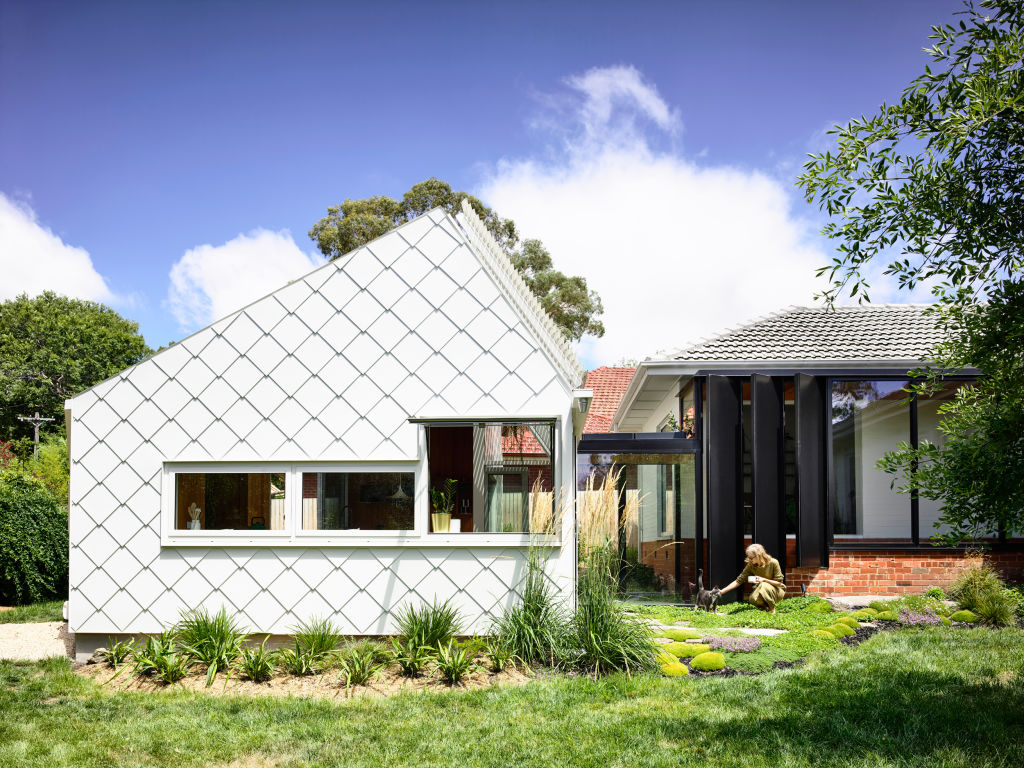
Lyons, a Melbourne architectural and urban design practice, along with Iredale Pedersen Hook and ASPECT Studios, was commended for its innovative approach.
Located on what was once a vast wetland and meeting space for Indigenous people, it now serves as one of Perth’s most important urban public spaces.
It’s a striking mesh of architecture, art and landscape. Steel has been carefully utilised in both gentle and robust ways to create a city landmark that is rich in design and innovation and is an honourable and fitting homage to its heritage.
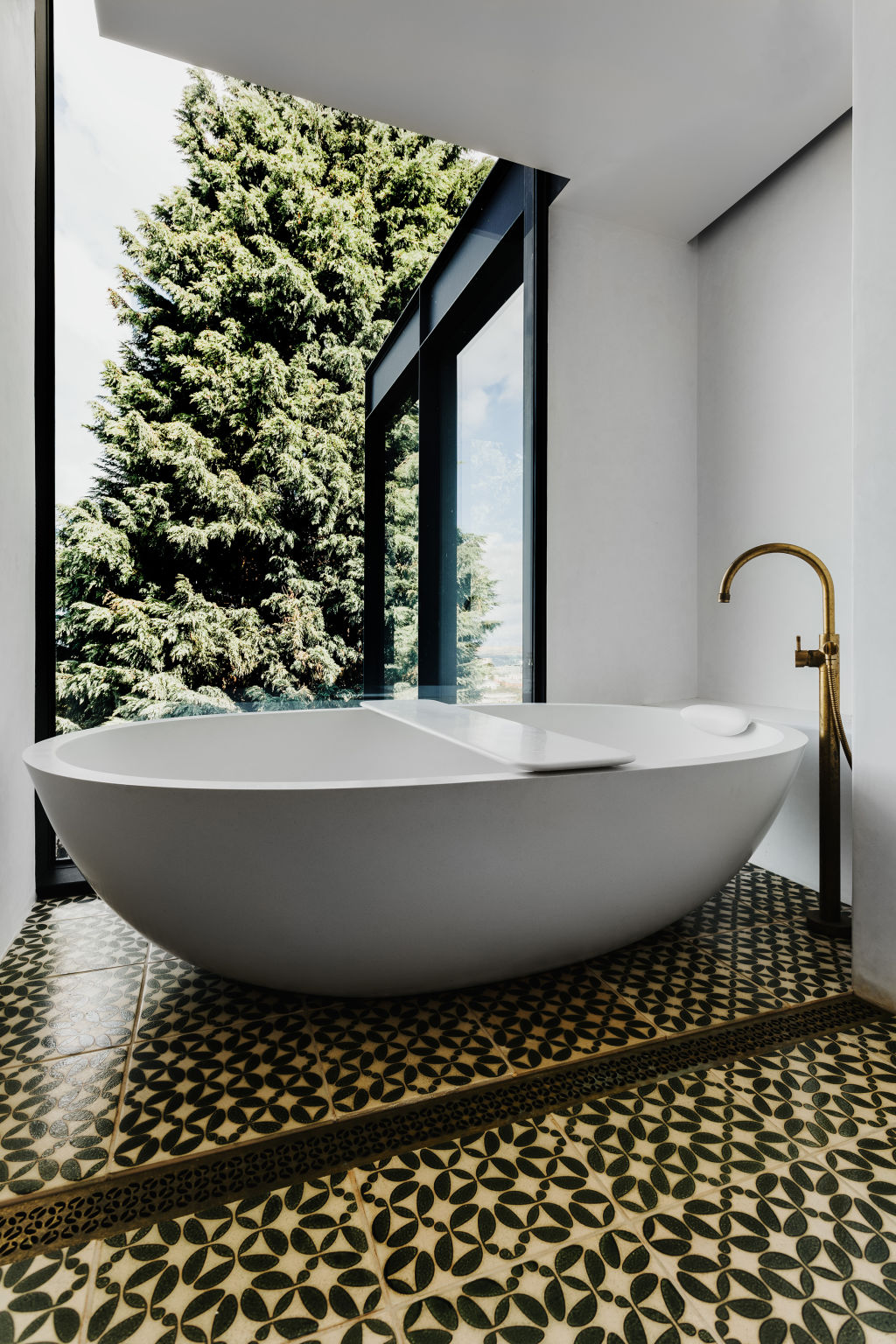
We recommend
States
Capital Cities
Capital Cities - Rentals
Popular Areas
Allhomes
More
- © 2025, CoStar Group Inc.

